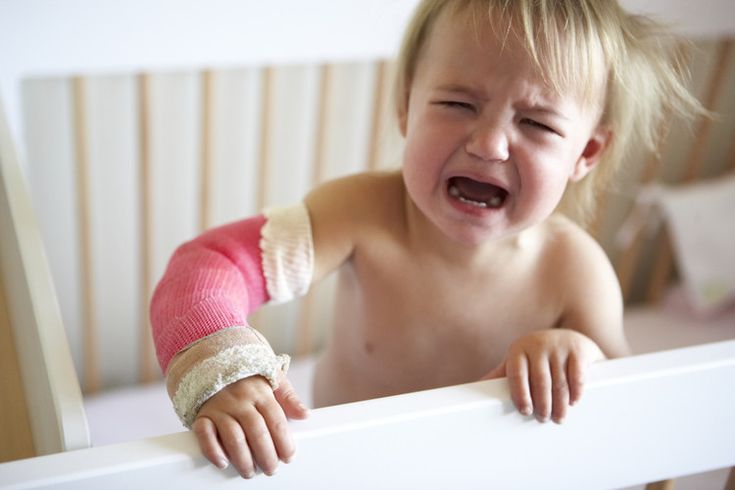Kids are naturally energetic, active, and curious, which translates to bruises, bumps, and the occasional worse thing like fractures. Any parent gets a suspected break is sure to be a worrisome experience. While children’s bones are stronger than adults’ because they are more flexible, they are also not finished developing yet, leaving them at risk for growth plate damage, greenstick fractures, and other problems if handled improperly.
Knowing how to recognize, react to, and follow up on a suspected fracture can make a big difference in your child’s recovery and overall health.
What Is a Fracture?
A fracture is a crack, chip, or break in a bone. Fractures occur more frequently in children’s arms and wrists—usually from falls playing or from sports. Children’s bones are softer and more open than bones in adults, and that sometimes makes fractures less obvious-looking but no less severe.
Signs You Should Suspect a Fracture
Although not all injuries cause a broken bone, these symptoms indicate a potential fracture:
- Excruciating pain that increases with motion or pressure
- Swelling or discoloration near the affected area
- Deformity or curvature at an abnormal angle
- Inability to use the limb (e.g., unable to put weight on it or refusing to move an arm)
- Popping or snapping sensation during injury
- Guarding of the injured limb or wailing severely when moved
Immediate First Aid Steps: What to Do Right Away
If you think your child has broken a bone, stay calm and take the following steps in first aid:
- Immobilize the Area
Hold the injured limb as immobile as possible. Make a temporary splint with a straight object such as a rolled magazine or wooden stick, bound by cloth so that there is no direct pressure. Never try to straighten the limb.
- Apply Ice
Use an ice pack (wrapped in a towel) for 15-20 minutes at one time to ease pain and swelling. Don’t put the ice on the skin directly.
- Raise the Limb
Elevate the injured part above heart level if possible and it doesn’t hurt more, to reduce swelling.
- Stop Bleeding (if any)
If there is an open wound, apply the pressure softly using a clean cloth. Avoid pressing exactly over a suspected fracture.
- Get Immediate Medical Attention
Don’t wait. Go to the nearest hospital or see a pediatric orthopedic specialist for proper diagnosis and treatment.
Why Pediatric Orthopedic Follow-Up is Important
Even if the emergency physician treats the fracture first, follow-up with a pediatric orthopedic specialist is necessary. Children’s bones are still developing, and improper healing can result in:
- Deformity of the bone
- Misalignment of the bone
- Disturbances in growth
- Loss of joint function
A specialist is responsible for the bone healing in the proper position and checking for growth plate involvement, which is not unusual in children and can impact limb growth if left untreated.
Common Treatment Options
Treatment varies with the nature and site of the fracture:
Casting or Splinting: Simple, non-displaced fractures
Closed Reduction: Manual reduction of displaced fractures
Surgical Intervention: Severe or growth plate-related cases
Physical Therapy: Regaining strength and function following immobilization
In all instances, normal monitoring is the key to successful healing.
Support and Reassurance
Fractures do upset children both physically and psychologically. Being soothing to your child, remaining calm, and describing each step in the process in plain terms can reduce their fright.
Assure them that the majority of fractures in childhood heal well—particularly with good care and attention.
Conclusion
When your child is injured, your immediate reaction is to shelter them—and in the situation of a suspected fracture, it is imperative to act quickly. Adroit first aid, speedy medical evaluation, and follow-up with a pediatric orthopedic specialist can avoid long-term consequences and aid in complete recovery.
Even seemingly minor injuries may be at the joints or growth plates, so don’t risk it. Leave it to professionals who know the special anatomy and healing ability of growing bones.
If you suspect your child has a fracture, consult Dr. Rajeev Nirawane, a leading Pediatric Orthopedic Surgeon in Pune, with clinics in Hadapsar and Wakad (Khinvasara Trade Center, Dange Chowk). With years of expertise in child bone injuries, fractures, and growth plate care, Dr. Nirawane provides personalized treatment to ensure your child’s bones heal correctly—with a focus on long-term strength and alignment.
